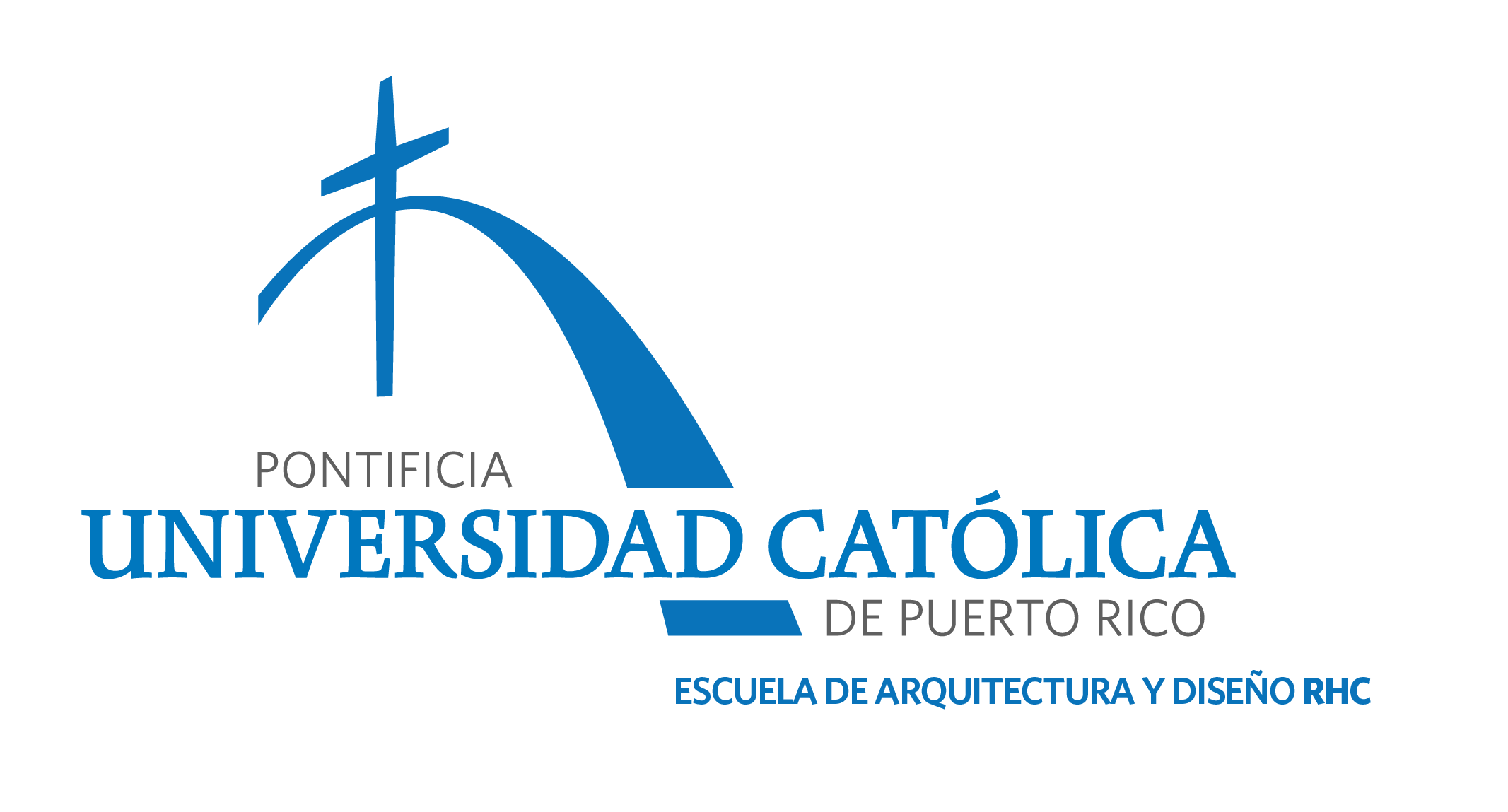
Bachillerato en Arquitectura
Lanzado en el 2009
181 créditos
5 años de duración
Launched in 2009
181 credits
5 years duration

Grado Asociado en Diseño Gráfico Digital
Lanzado en el 2020
68 créditos
4 semestres y un verano
Launched in 2020
68 credits
4 semesters and a summer session

Grado Asociado en Diseño de Interiores
Lanzado en el 2025
84 créditos
5 semestres
Launched in 2025
84 credits
5 semesters

